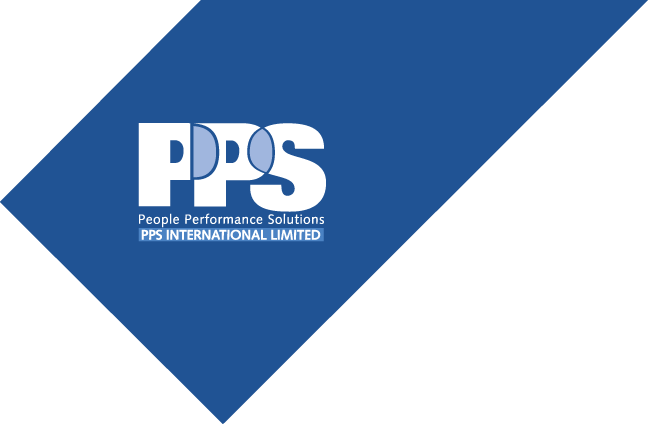Leadership Mastery Simulation
Leadership Mastery Simulation
Skill-based training ensures that participants are able to demonstrate proficiency in applying skills to the appropriate situations with a degree of effectiveness.
Our programs are designed using one of two methods: skill-based training or experiential-based training. In some situations, we use both methods in order to build a highly interactive and applicable program. Skill-based training ensures that participants are able to demonstrate proficiency in applying skills to the appropriate situations with a degree of effectiveness. Experiential training serves three purposes: (1) it provides a common experience from which participants can draw conclusions and relate to what happens at work; (2) it convinces participants of the need for skills and processes that they might otherwise resist learning; and (3) it provides opportunities to apply the skills – practice opportunities that are close to real life. Our Leadership Mastery program uses a structured simulation for all these purposes; the simulation can also be embedded within other programs and modules.

Teaching Points:
- Use planning and organizing skills.
- Manage team development and use team leadership methods.
- Use core communication skills.
- Implement a structured decision-making process.
- Manage change.
- Influence others.
- Build business partnerships.
The Situation:
A manufacturing company is bidding on a job to produce a product that would result in increased revenue, jobs and job security for those at the plant.
The Rounds:
- Set up Round: Determine team roles, team name, and set up team room and materials for the remainder of the program.
- Round One: Develop an operations plan that includes staffing, budget, vendors, quality requirements, and involvement of internal business partners.
- Round Two: Cut budget without sacrificing quality or chances of winning contract Present at least two recommendations for cutting budget 15 percent.
- Round Three: Develop a presentation to shareholders to convince them that your proposal will work. Present to shareholders and receive feedback.
Options:
- Customizable to service-industry, corporate-settings, and nonprofit organizations
Logistics:
- Three-round simulation accommodates seven participants in each team
- Each round runs 90 minutes with 15 minutes for individual debriefing
- Leadership Mastery teaching points are integrated into debriefs
- Two trainers necessary to observe and fulfill roles within simulation
- Ideal group size of 14 participants
- Requires one PC and printer, simulation kit and breakout room per team

